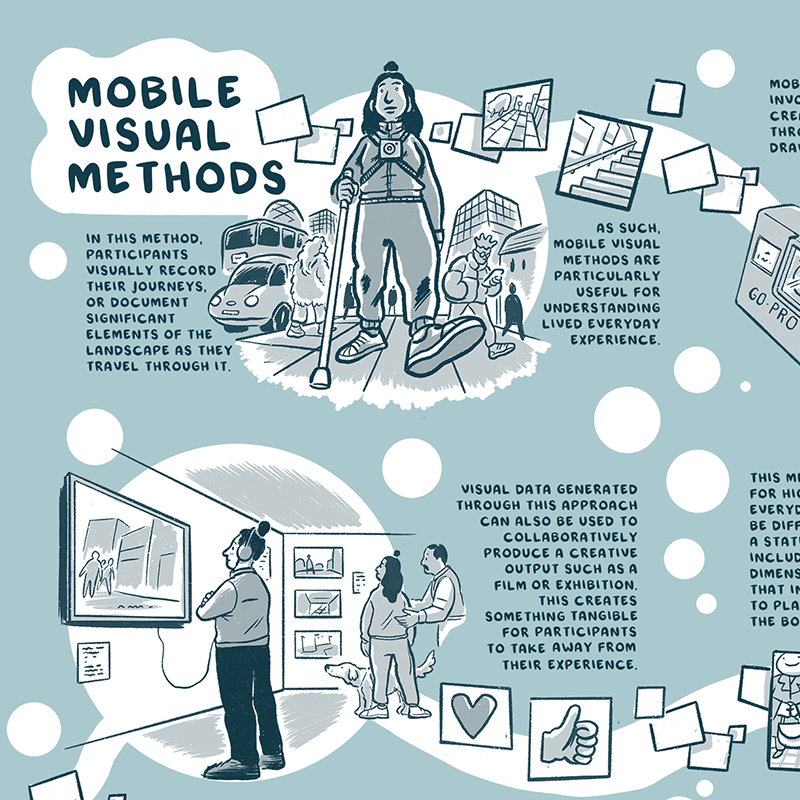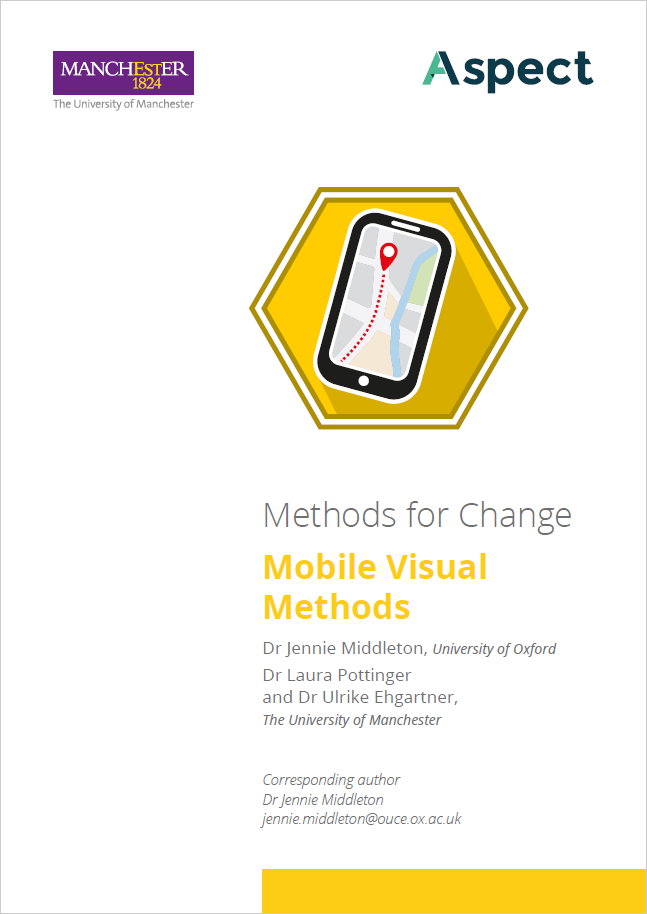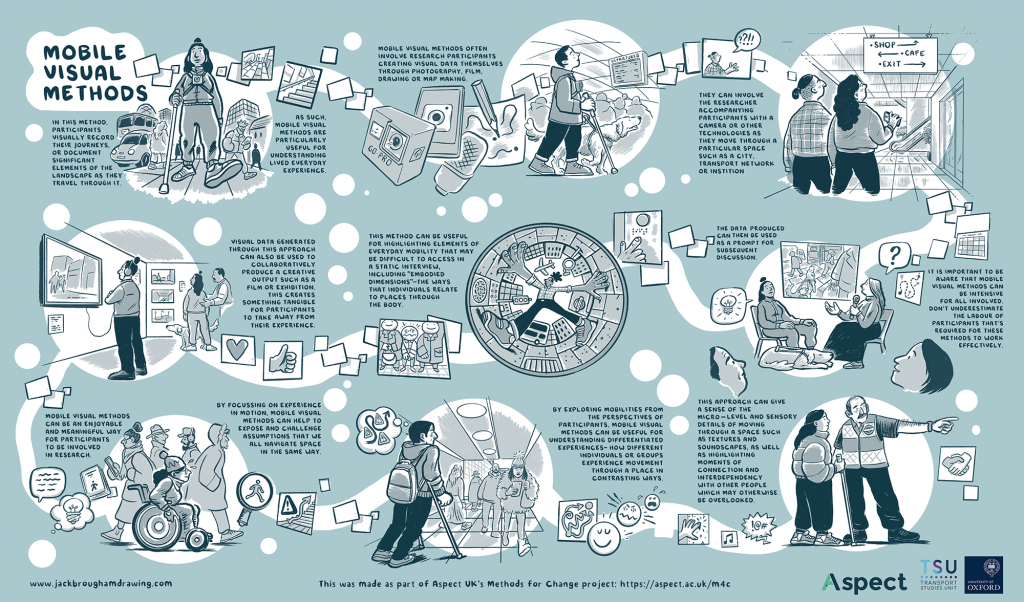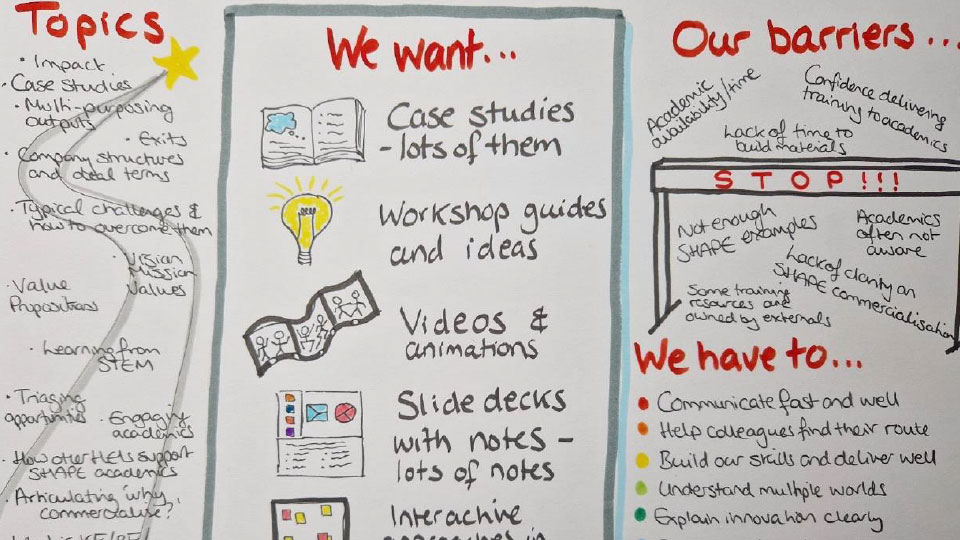Research Method: Mobile Visual Methods
In this approach, participants visually record their journeys or document significant elements of the landscape as they travel or move around a place. As such, Mobile Visual Methods are particularly useful for understanding lived, everyday experience. Mobile Visual Methods often involve research participants creating visual data themselves, through photography, film, drawing or map making.
They can also involve the researcher accompanying participants with a camera or other technologies as they move in or through a particular space, such as a city, a transport network, or institutional setting. The data produced is then used as a prompt for subsequent discussion. This approach can therefore be a powerful tool for highlighting elements of everyday mobility that may be difficult to access in a static interview, including ‘embodied’ dimensions – the ways that individuals experience and relate to places through the body. Visual data generated through this approach can also be used to collaboratively produce a creative output such as a film or exhibition, and therefore to create something tangible that gives participants a sense of ownership and achievement.
You can find all the research outputs from the Methods for Change series here







